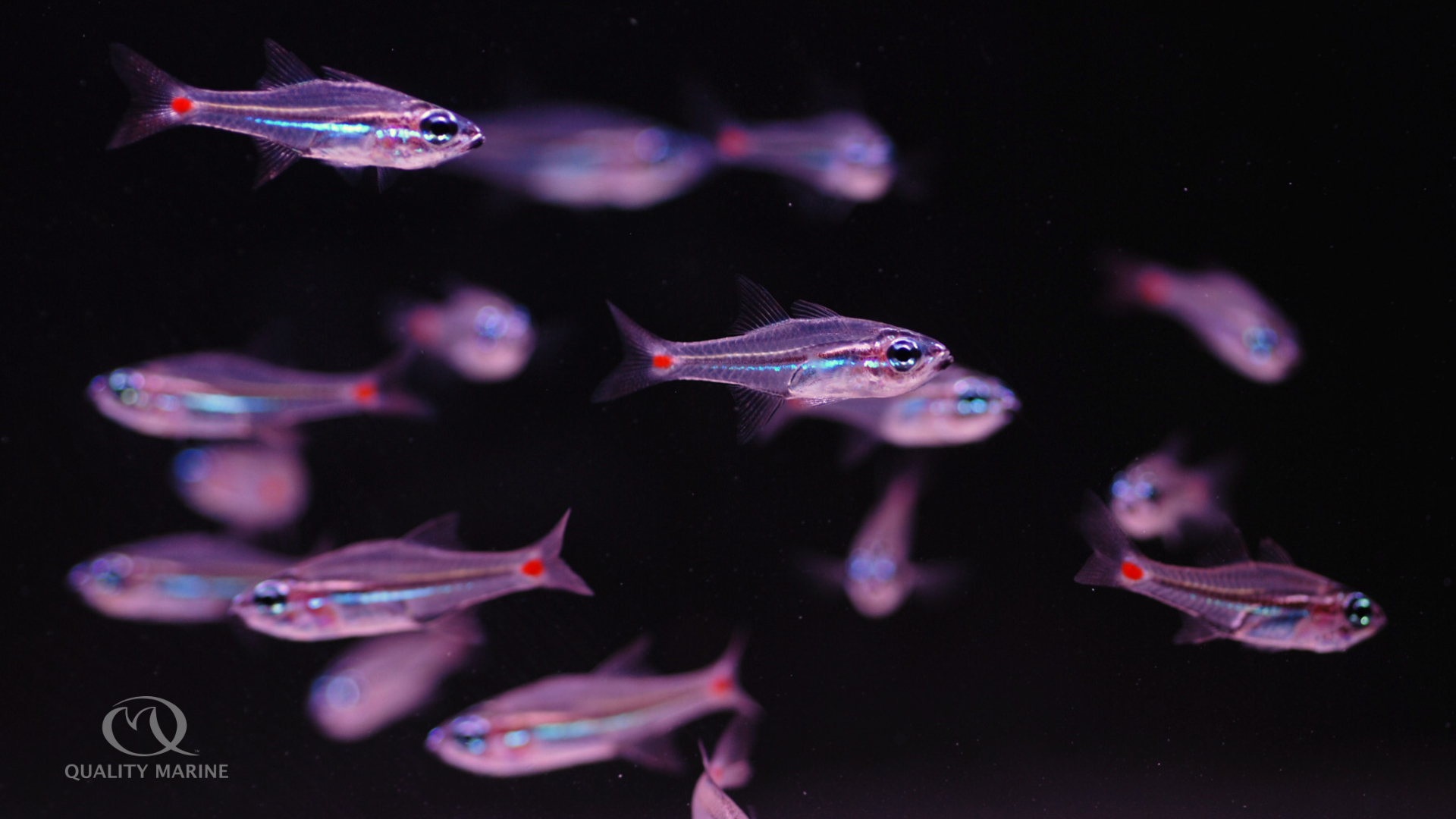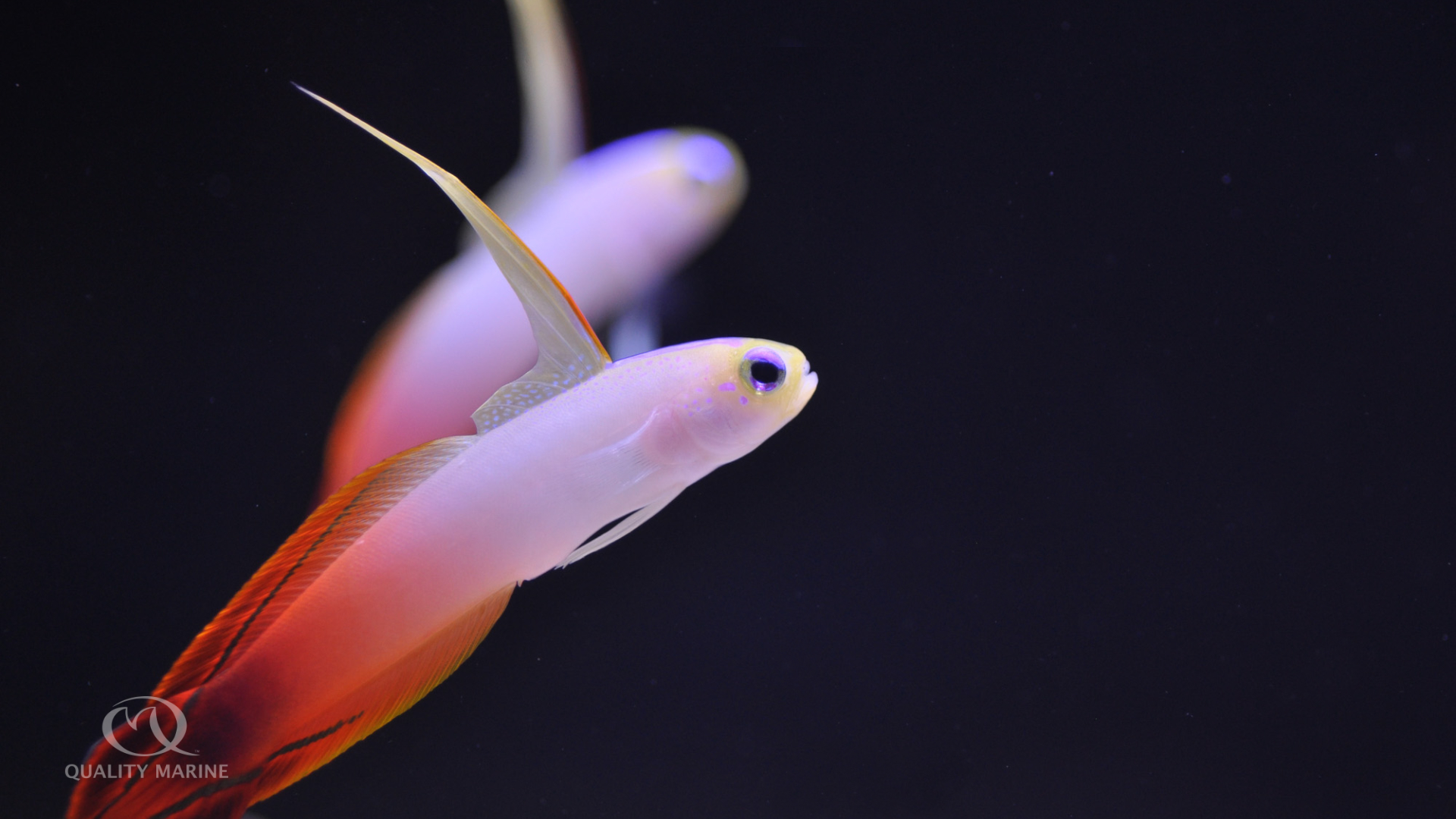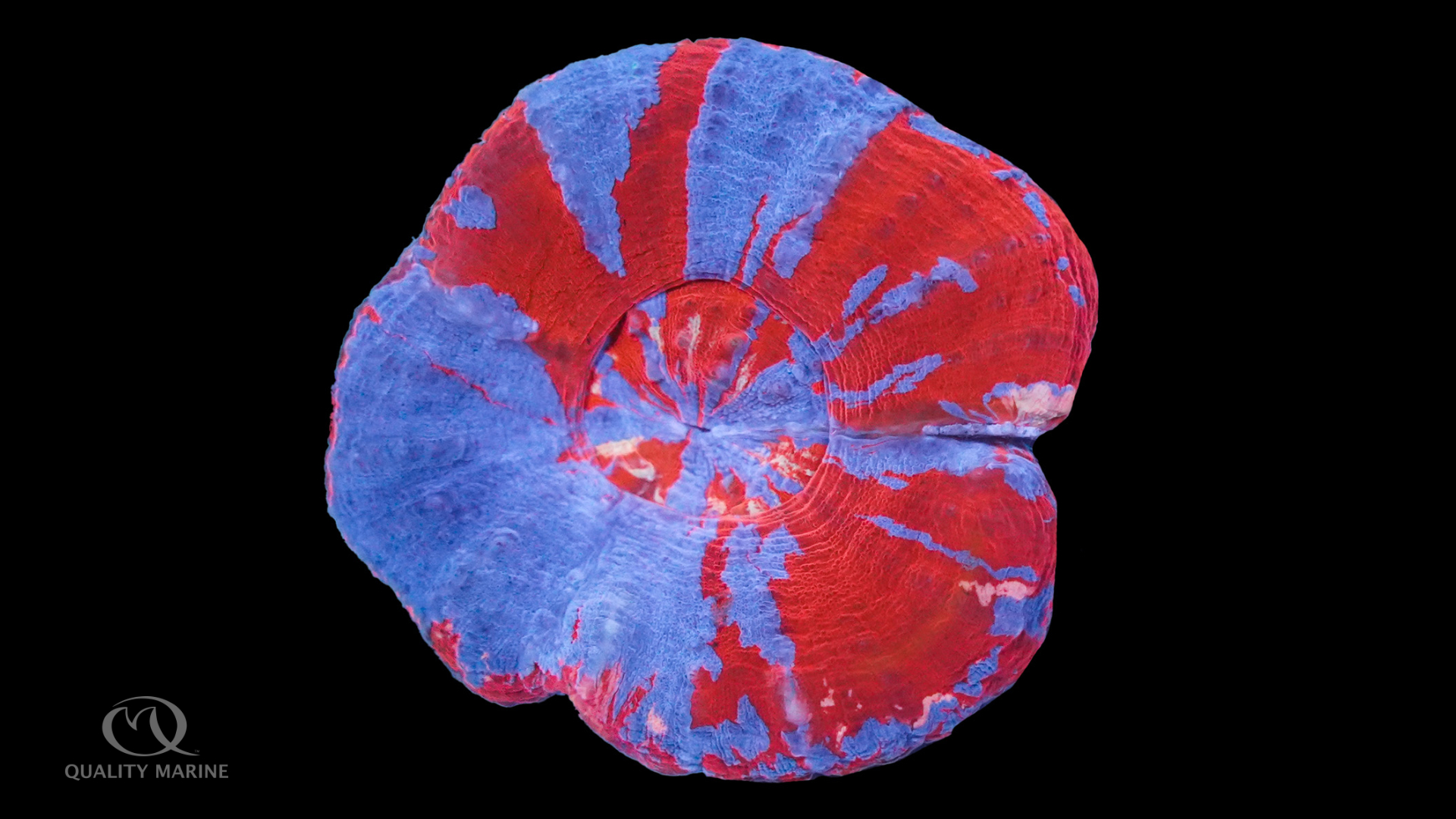Opening Up

When marine aquarium keeping first became feasible, displays were heavily dependent on huge amounts of quality liverock to keep them stable (very deep sandbeds were also chic). The living bacterial component of the rock and their ideal porosity allowed enough water to flow through to get effectively treated. Filtration systems, skimmers and artificial media weren't nearly as good as they are today and as a result, pretty much everyone's display looked like the same huge wall of rock. In addition, the volume needed to keep this system working meant that aquariums less than 55 gallons weren't really feasible without massive effort.
This is not a slam on the huge wall of rock tank, they still have a place, and many wrasses love them! Today, aquarists have a myriad of choices when it comes to how they want to add filtration, light and flow to a display and this opens up a lot of options for how you can make a display look. This is further enhanced by the amount of branching rock forms and imitation rock available to you now. Thinking about displays in terms of more than just how much rock it needs, opens up aquarists like yourself to develop beautiful, engaging displays in new ways and smaller footprints than was previously possible.
The mindset behind a smaller, simpler display has some zen elements to it, but it can also save money. Smaller tanks are cheaper to buy, smaller filtration elements are too, and if you focus on critters that aren't in need of wildly bright lights, you can save money both on lighting and cooling, which are arguably the most expensive elements of reef tank. We will write an article on some of the technology differences that got us here (but not now.) Today, we'd like to talk about a few different display ideas for those of you on a budget, looking for a second tank, only have space for a small aquarium, or any other reason why an aquarium over 40 gallons seems like overkill to you. There is another whole class of aquarium that takes this mindset to the extreme, called “Pico Tanks” and again that's another article, today we're talking about ideas for small or maybe even “Nano” tanks; tanks between 20 and 40 gallons, that are focused on open footprints.

A small school of Cardinals, regardless of your preference for species makes a great small aquarium fish. Cardinals love low light, open aquariums. They're gorgeously patterned, generally very hardy and have the added benefit of being fairly likely to pair off and reproduce! The smaller tanks we're talking about are the right size to be able to create standing waves with powerheads like those from Ecotech and Cardinals will flow back and forth gently in these displays like nothing else. Cardinals can be hosted by some anemones, corals and longspine urchins. In a low light, simple aquarium we'd suggest using some Rhodophyta or other macroalgae instead to add color and contrast and a place for them to hide. Always ask for Quality Marine Cardinals, especially if you're looking for aquacultured Banggais.
Clownfish are another great choice for small aquariums. In the wild, some clowns will go their entire lives never getting further than a foot from their anemone. Nearly all the clowns you want to have are also available aquacultured from us, and some of them are available aquacultured by us! If you purchase them together and small enough, you could keep several clowns together and let them establish their own family system in your display. Clownfish of most species are the picture of durability, are brilliantly colorful and interesting to watch. They are a great choice for this size aquarium. Clowns, especially aquacultured ones, do not need a host invertebrate, and indeed some will ignore host anemones completely. For those of you interested in having a host animal, we'll get into invert choices in a little bit.

A trio of Firefish makes an amazing, open, small tank display. They love being the only species of fish in a display and they do not need a ton of space. They would be fine in tanks as small as 40 gallons. What they do need is regular meals, a combination of open water to display in and lots of low cover to hide in and a tight fitting lid. Firefish are very skittish animals, so move slowly around your display while they get accustomed to you as a source of food. Once they do, there are very few fish that look this beautiful in a small display.
While this isn't an exclusive list, and there are other good, small tank fish for open style displays, we're going to end with Gobies, as there is a massive selection of gorgeous Gobies for just about any aquarium. In addition, there are a good number of Gobies available as aquacultured specimens. Staff favorites for open style tanks are the Gobies we call “Watchman.” There are a couple different genus of them, and they need almost nothing in the way of rockwork or lighting, and have only nominal flow requirements. Fish like True Yellow or Blue Fin Watchman Gobies will share their space with pistol shrimp and this makes for an amazing and underrated display. Add enough sand for them to burrow in and maybe some rocks for support and watch them work constantly on the display. This is arguably the best way to keep these species as it is much easier to ensure they get enough food than it is in a larger, mixed species display.

When it comes to planning invertebrates, either on their own, or as a supplement to the fish you've chosen, we suggest staying away from overly demanding species. Most SPS (small polyp stony) corals will have light, water quality, and flow demands that are at odds with their temperature demands and thus will be difficult to keep in these small simple displays. We suggest utilizing soft corals, mushrooms and polyps, many of which thrive in lower light, moderate flow environments. If you are lucky enough to have a standing wave, there's a good argument for many soft corals being more beautiful in the flow than their stony counterparts. Leather Corals, Xenia, Kenya Tree, Star Polyps and a myriad of mushroom corals offer huge amounts of movement, brilliant color and are adaptable to, or in some cases even prefer, the environments we are building here.
There are some LPS (Large Polyp Stony) Corals that also do well in lower light, lower flow scenarios. Corals like Trachys, Duncans, Tubipora, Meat Coral and Scolys all grow well and display brilliant colors under moderate lighting and they all love a wavemaker. These corals will all do well with regular, surprisingly large meaty meals, especially when housed in lower light scenarios.
If you're interested in trying an anemone we would suggest either a Bulb Anemone (Entacmaea quadricolor) or a Long Tentacle Anemone (Macrodactyla sp.) as these will host a variety of species. In our experience, these anemones are the ones most likely to thrive in lower light, smaller aquariums. They are also both host to a wide variety of clowns and damsels. These will both do well under high light too. Like the LPS corals, they will do better when regularly fed meaty meals if kept under low intensity lighting. Many clownfish will set up shop in LPS corals as well, so if you want a host for your clowns, you don't necessarily need an anemone. We've had clowns in displays here host in Duncans, Trachys, even PomPoms!
Now the question is, “did you always want a display that was just a few rocks, some clowns/damsels and a bunch of Rose Bulb Anemones?” That's possible now. “How about a shallow tank, deep sand aquarium with a pair of Watchman Gobies and a Pistol Shrimp?” This is a yes. “How about a display full of Rhodophyta and Aquacultured Banggai Cardinals?” Also possible. Maybe you'd love a tank full of Duncans and Firefish” We'd love to see that one! Delve deeper into our website and you'll find care requirements for pretty much every species you can think of. Plan combinations based on compatibility and aesthetics. You don't need a huge wall of rock, or a tank stuffed to the brim with different corals, you need an artists eye, a child's imagination and a scientists curiosity and you can come up with a display none of us has seen before. Send us pics of your displays on our social media feeds; we're on Instagram, Facebook, YouTube and TikTok. Let's see what you come up with!